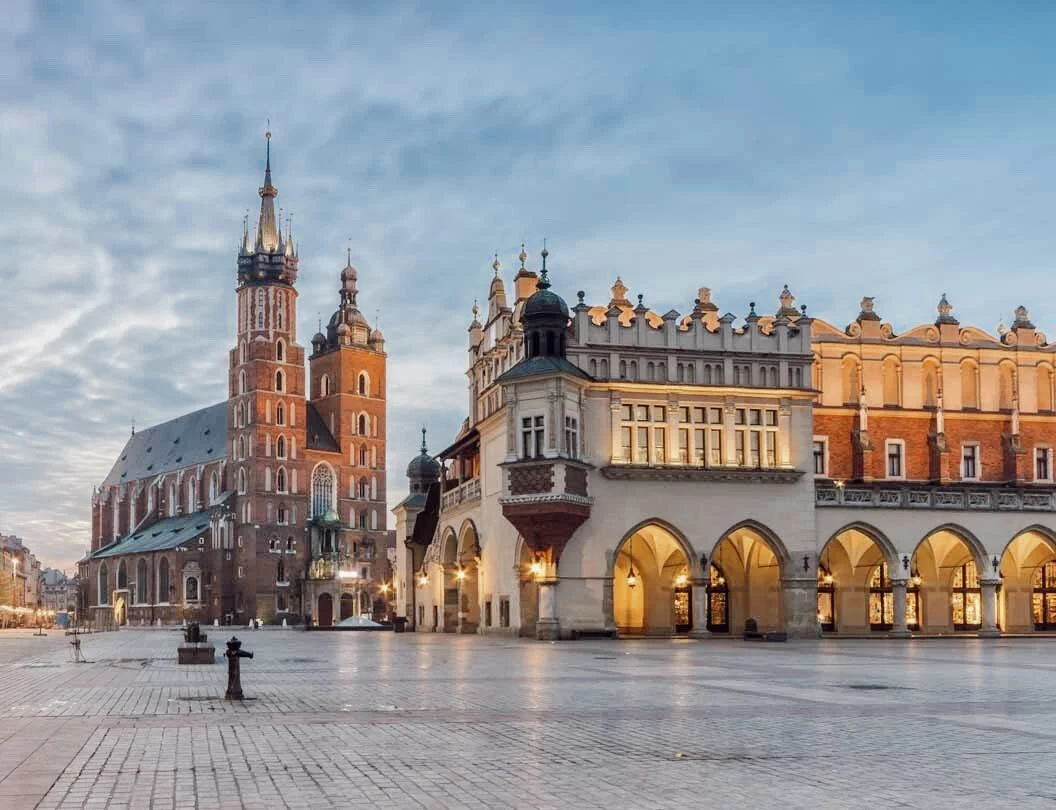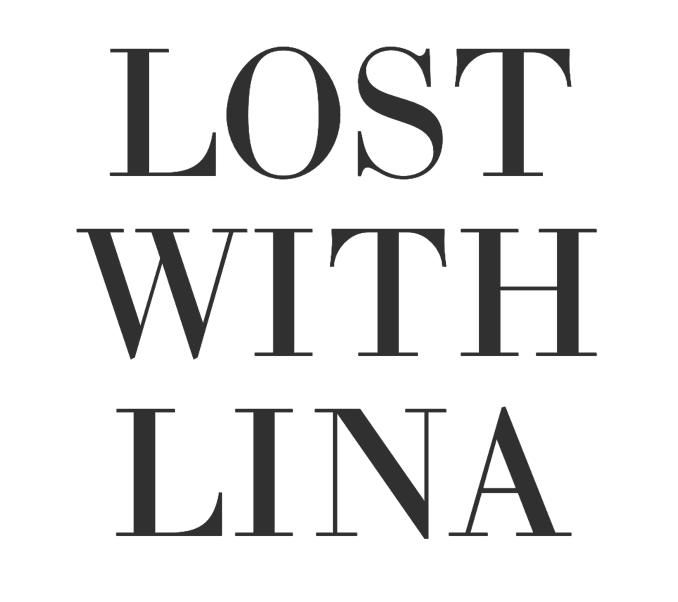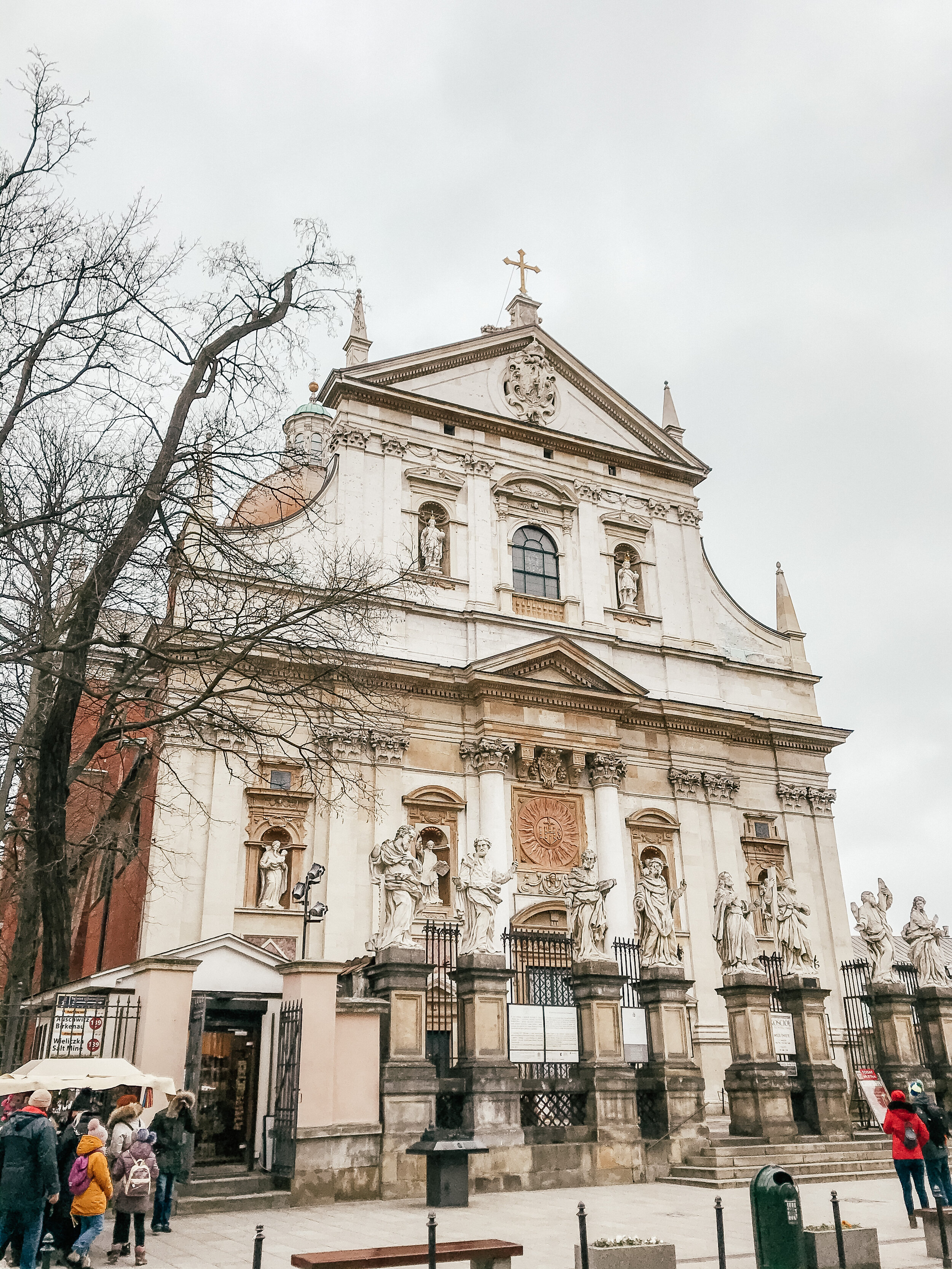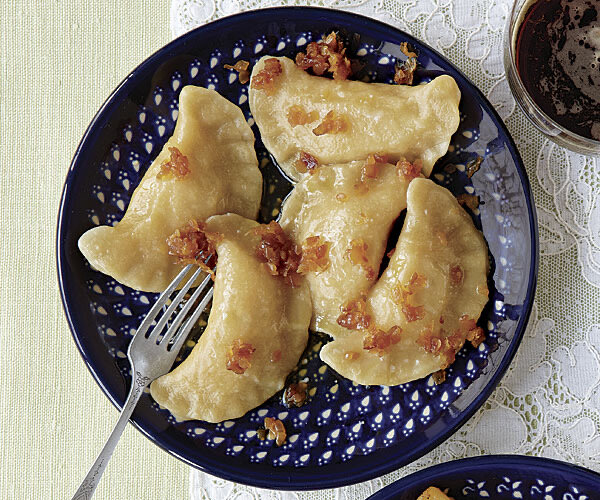A Weekend Guide to Kraków

For some unbeknown reason, Poland’s ancient capital of Kraków had never quite piqued my interest like most other European cities.
Despite the many years that have passed from the fall of the communist regime, many nations around the world still consider Poland a reclusive Eastern-European corner where people eat pierogi and go to church. Well, the country’s reputation is certainly changing, and word is spreading fast. The fact that it is also remarkably affordable makes it even more appealing and means that you can indulge more than you would in other European cities.
Despite Poland’s turbulent and destructive history, Kraków, the biggest and most crucial city of southern Poland, was the only major city in Poland to remain almost untouched by World World II and the long-lasting Nazi occupation. It’s no surprise that the city’s assembly of monuments and preserved medieval Old Town have since been inscribed as one of Europe’s most compelling UNESCO. With the spiritual heart of Poland, Wawel Castle, sitting imperiously on the river Wisla, and Auschwitz and Wieliczka Salt Mines so close by, it is the perfect city to explore for a weekend break. After hearing raving reviews from friends, I spontaneously decided to book a weekend trip there for part of Tom’s Christmas present.
WHERE TO STAY
We flew from London Gatwick late on a Friday evening, landed by 10pm and checked into a 13th-century Palace for the weekend, The Bonerowski Hotel. This Hotel epitomises luxury and sits right on the corner of the city’s medieval Market Square, and is within walking distance of a myriad of attractions, making it one of the most highly sought after locations in Kraków. As we checked-in, we were told we had been upgraded to the Penthouse Room, which was the perfect surprise to start the weekend.
WHEN TO GO
The best time to visit Kraków is in autumn or spring when the city’s 200,000 academics give the city a tangible buzz of arty youthfulness and nightlife is dynamic; or for a snowy romantic holiday, December and the Christmas markets are your best bet. We visited just after New Years when there were no crowds, it was beautifully frosty and the Christmas lights still twinkled.
WHAT TO SEE
Kraków is a very walkable city, making it very easy to explore a great deal of the Old Town and Jewish Quarter in a day or two; so here are my top tips for spending the perfect weekend in this charming and old-worldly city:
The Old Town
Walking through the Old Town of Kraków, especially in the winter, is like something out of a fairytale. Made famous as one of the first ever urban UNESCO World Heritage Sites, the Old Town is a maze of cobbled lanes, wide streets with historic pastel-coloured merchant houses and a cavalcade of churches and palaces. Wandering the Old Town is likely to be the main activity that you’ll find yourself enjoying over and over throughout your time in this city.
The Market Square
Kraków’s main market square, Rynek Główny, was designed in 1257 and is known as the largest medieval plaza in Europe and is the beating heart of the city's tourist industry. The square is immense and impressive and is surrounded by buildings immersed in local history, including St. Mary’s Basilica, and the Cloth Hall, which was known as the city’s international trade center. One of the best ways to enjoy the square is to sit in one of the many cafes and restaurants with a piece of traditional Polish cheesecake (sernik babci) and soak in the magical surrounding architecture. To add to the ambiance of the square, you’ll notice the beautifully groomed horse-drawn carriages that line up along the northern end of the square. If you want to add a fairy-tale element to your trip, you can take a horse drawn carriage ride and trott around the sights of the Old Town or even down to Kazimierz.
Kazimierz
No trip to Kraków is complete without exploring the city’s Jewish Quarter and trendiest suburb, Kazimierz. The Jewish Quarter, which was hit hard during WWII, and was nearly destroyed both structurally and culturally, is considered today to be the hot, hipster spot in the city, and is also a UNESCO World Heritage site. This part of town was home to Kraków’s Jewish citizens from the 13th century until WWII, when almost 50,000 Jews were deported from the city, of which many were sent to Auschwitz. It was wonderful exploring this popular neighbourhood, filled with colourful street art, trendy cafes, hipster bars, and art galleries. Yet, the peeling, almost wounded facades of the quarter’s buildings drenched in history and culture are a stark reminder of the extensive Jewish culture that once flourished in the area and atrocities that took place here, not that long ago.
From the many renovated synagogues (mostly functioning as museums and memorials pertaining to the Holocaust), to Yiddish signs and restaurants serving traditional Jewish food; there are plenty of places to discover in Kazimierz that are well worth checking out. Kazimierz was our first drink stop in the city, and it is filled with many trendy bars (Hevre or Alchemia) that are perfect for unwinding after spending a busy day on your feet.
If you’re in search of a quick but delicious local meal, make sure you also check out Plac Nowy (the New Square) to taste arguably the best traditional zapiekanki in Poland (essentially a french bread pizza with your choice of toppings). Compared to the splendour of the Old Town, Plac Nowy is actually something of an eyesore – a concrete square lined with cars and filled with hole-in-the-wall food hatches where hungry locals line-up eager to taste arguably the best zapiekanki in Poland - but, if you’re wanting to experience a completely different area and atmosphere from that of the Old Town, this is it.
Wawel Castle
It would be downright rude to come to Kraków and not admire the city’s top highlights, also known as the political and cultural heart of Poland, the Wawel Castle. Pronounced ‘Vavel’, this 11th century Castle sits on a limestone hill twenty-five metres above the Vistula River, which sweeps down its western side. Serving a home and a fortress of Polish Kings, Wawel Castle is one of Europe’s largest royal castles and is the pride of the nation and a symbol of the regnant. It has been rebuilt and renovated many times due to fires, thefts and wars, it encompasses a mix of architectural styles. It’s now an enormous museum containing five separate sections, as well as its surrounding gardens and the Wawel Cathedral, where Pope John Paul II was archbishop before he became Pope and the country’s spiritual hub.
TIP: The number of visits are limited per day to safeguard the Castle, so all admission tickets have an exact entry hour. We opted for the audio guided tour through all of the exhibitions and we thoroughly enjoyed it. We didn’t have to pre-book our tickets (probably because it was January), but I would always recommend pre-booking online. Entry to the grounds is free so you can wander around and take pictures at your leisure.
DAY TRIPS
Auschwitz-Birkenau
If you really want to make the most of your weekend in Kraków, and you have an extra day to explore, you should try and make a trip to Auschwitz-Birkenau. The concentration camps are just over an hour outside of Kraków by car. Unfortunately we didn’t have an extra day to do this, but it is definitely on my agenda for our next visit.
Wieliczka Salt Mine
A trip to the Salt Mines was the most highly recommended thing my followers advised me to do when visiting Kraków, however, as we only had one day in the city, there was just no time. It is an incredible underground museum where all the art is made of salt. Travelling to the Salt Mines is also remarkably easy and convenient from Kraków, with trains and buses operating frequently.
EAT AND DRINK LIKE A LOCAL
No accounting of Kraków's charms would be complete without a nod toward the culinary. One of the most recognisable Polish cuisines is their national dish - pierogi or pierożki, so you can’t go to Poland without tasting them. They are delicious and can be filled with anything from sweet sauces and fruit, to boiled potatoes and cottage cheese. The most popular filling, of course, is meat with sauerkraut and mushrooms. We experienced them at Pod Aniolami, but there are hundreds of restaurants where you can find them and get your fix. Almost every review of Poland recommends trying zapiekanka, and you can find it everywhere in Kraków. Although, as I mentioned above, the best place to do so is in Pac Nowy, in the heart of the Kazimierz district. The culinary scene seems to be growing rapidly throughout the city, with French, Italian and Asian-inspired restaurants popping up everywhere. You’ll also find that there are plenty of vegan and vegetarian options available. I would highly recommend eating at Kuchnia Polska Gaska, Miodova Restaurant and Barka.
WHY WE LOVED IT
Kraków has everything you need for a brilliant weekend away - brilliant local food, friendly locals, cheap drinks, and a fascinating history. We knew very little about Kraków before travelling here and the city has left its mark on us. I've never been to a city with such a beautiful mix of architecture; while other European cities were bombed or tore down their older buildings to build newer, trendier ones, Kraków has kept theirs in remarkable condition. And that's what makes Kraków so special - it isn't a cookie cutter European city, instead it's a perfect blend of the past and the present that will get under your skin and stay there.




























